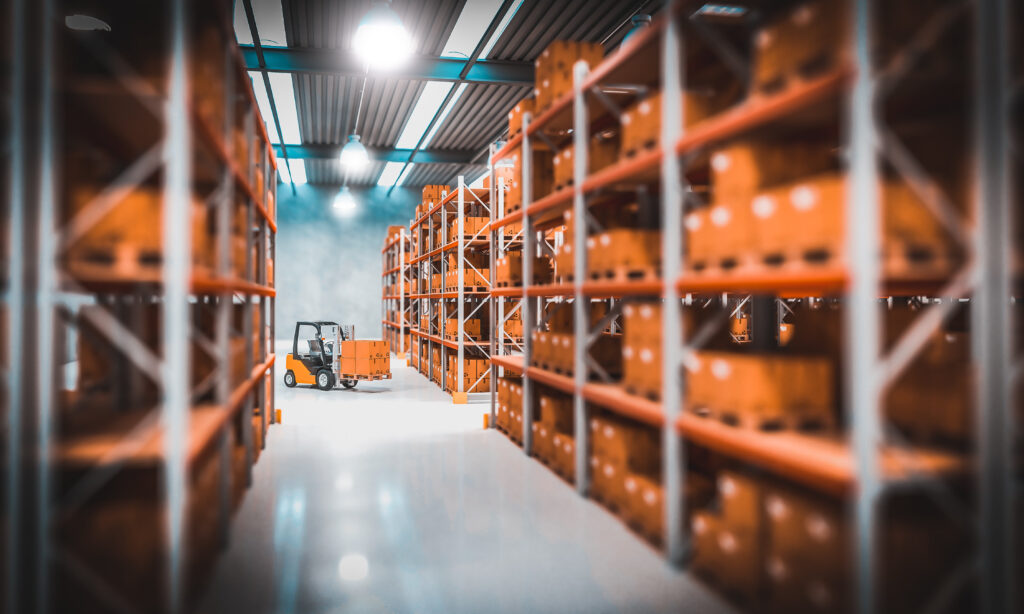Disrupted Logistics in Supply Chain

Over the last four to five years, we have experienced disrupted logistics—broadly defined here as the interruption or complete breakdown of the supply chain functions at one or multiple levels.
Going back 14 years ago, the logistics industry dramatically reduced capital expenditure in 2008 when the great recession hit. Most of the companies never really resumed the pre-recession rate of expenditure growth.
In fact, the outperforming logistics vendors today (based on profitability and revenue growth metrics) are the ones that were extra cautious on capital expenditure in the years following the recession.
The industry had a very clear objective for the next decade:
- Keep costs low
- Stay lean
- Remain efficient
Due to this slow and steady approach, the logistics industry was able to keep margins stable even when it faced overcapacity in 2016—which is interesting to note as today, challenges revolve around container shortage and port congestions.
When COVID hit in early 2020, the slow and steady approach seemed right once more in hindsight. However, not long after, consumer spending behavior changed significantly.
Shift in consumption behavior and demand asymmetry
When COVID hit, there was a huge shift in consumption behavior. In the short term, the expenditure on both goods and services saw a sharp decline. However, the expenditure on goods resumed to the pre-pandemic level within just a few months. Interestingly, it wasn’t until mid-2021 that the expenditure on services recovered on the same level.
This trend continues even today. There is a clear shift from spending on hotels and recreational services to spending on furniture, home equipment, footwear, etc. This shift is more prominent in North America as they have typically, bigger houses and therefore, more scope for concepts such as a home gym and home office. This meant a huge movement of goods from East Asia to Western Europe and America, creating an asymmetry in demand as well as freight rates.
Increasing cost and lack of resources
Years after the start of the pandemic, ocean freight rates still remain high and reached an all-time high towards the end of 2021. Similar behavior was seen across road transport and air cargo.
Although transport cost across all modes have been trending downwards for the last few months, it merely represents a shift in bottleneck from containers and transport vehicles to port handling and driver capacity.
The increasing number of incoming vessels at US coasts especially in the east has caused a huge increase in the waiting times at the ports. A similar situation exists in Northwestern Europe and there are multiple reasons for it:
- Lack of workers at the port due to strikes
- Declining number of truck drivers
- Lack of trucks and rail infrastructure to handle incoming load
The labor shortage is reaching crisis levels and is affecting large logistics companies that are cutting their financial outlook—citing hiring difficulties.
In March 2022, the United States had a record-high 8.1 million vacant job openings. According to the Worker Shortage Index, there are roughly only half as many workers for every job vacancy as the average over the last 20 years, and the numbers are on a downward trajectory.
Addressing logistics challenges
To overcome a wave of disruption, several measures need to be taken. They must be carried out with four broad stakeholders and objectives in mind. In no particular order, they are:
- Profitability for shareholders
For operations-heavy industries such as logistics, most cost saving lies in ‘doing it right the first time’. The best way to achieve this is to have a system that allows organizations to create the virtual twin, which predicts the future in the most realistic manner possible. - Satisfaction for customers Capabilities that ensure continued customer satisfaction are the ability to:
- Ensure capacity for the most profitable customers and products
- Calculate demand and supply for each stage of the production process and optimize daily
- Take into account all the factors that influence your capacity
- Quote dates that optimize profitability, throughput and customer satisfaction
3. Work-life balance for employees An integrated approach to logistics planning gives complete visibility of all assets and people to make the best use of drivers and vehicles in an optimized way.
4. Sustainability for the Environment A planning and optimization solution enables companies to include CO2 emissions as a planning KPI and not just a reporting metric.
Explore how parcel and express delivery companies can leverage technology to tackle the logistics challenges while reducing operational costs and improving EBITDA margins by downloading our eBook now.
Watch the video to discover more.

